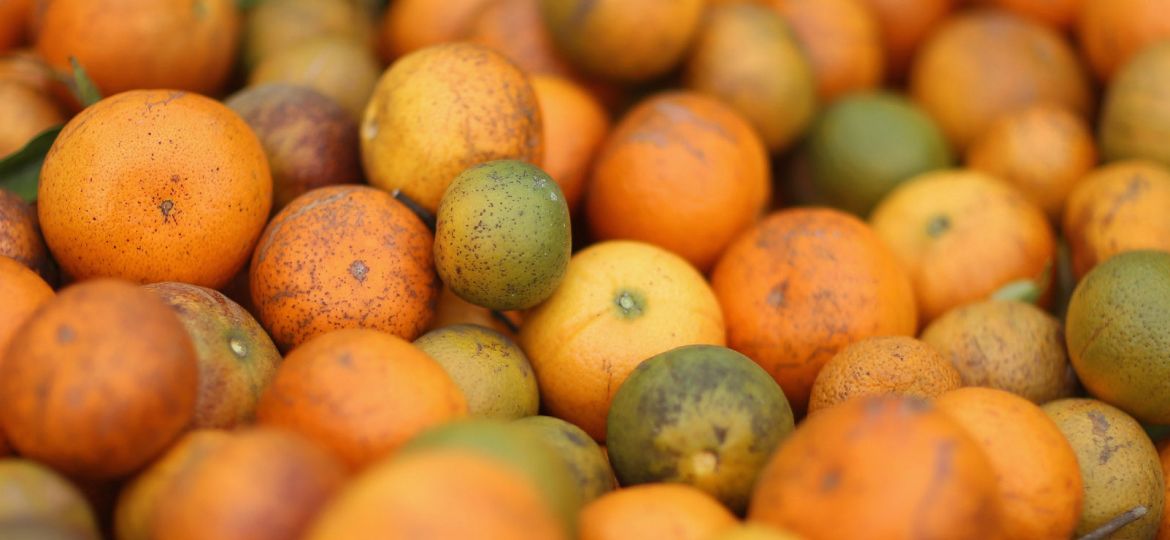
WHY THIS MATTERS IN BRIEF
Global food production is already being stretched by Earths growing population with the price of staple foods increasing by over 20% in just the past few years alone, as a consequence companies, governments and institutions are looking for new ways to increase yields in a safe, sustainable manner.
At first glance you could be forgiven for thinking that this is reminiscent of the scene out of the dystopian science fiction film Transcendence where Will Caster, played by Jonny Depp, brings dying plants back to health by simply injecting them with an invisible, miracle cocktail. But while Hollywood paints this capability as sci-fi it could become science fact, because scientists might soon be able to transform wilting, diseased crops into healthy ones just by releasing colonies of genetically modified bugs into a farmers field. Granted, it’s not the invisible, miracle cocktail that’s portrayed in the movie but until nanotech fills that void it could be as good as.
At least that’s the plan.
At the moment all that farmers have to rely on to protect their crops from disease and pestilence are a mixture of pesticides, chemicals and genetically modified crops, but creating a crop that is resistant to devastating disease, even with the best scientists and the best equipment can still take years and, despite all of those precautions, once a disease hits a crop there’s no quick fix. And even then, at best, even with all these tools to hand the farmers crop yields might tank, and at worst they might loose the entire crop.
To address this problem, scientists at the Defense Advanced Research Projects Agency (DARPA) want to capitalise on insects’ natural relationships with plants. They believe the insects can be used as carriers that transmit genetically modified viruses that carry beneficial genetic traits directly to the plants they feed on that don’t just help the plants fight off the diseases in question but that might also, one day help them to repair the damage and rejuvenate themselves. And as far out as this might sound new microbiome farming technologies have already shown that the idea holds some promise and scientists have already harnessing this technique, or a subset of, to reverse blindness in humans and animals.
“What we want to do is try to generate tools that will allow us to stabilise the food supply both domestically and internationally,” says Blake Bextine, the DARPA scientist overseeing the program.
The agency wants to use an approach called gene therapy, based on a revolutionary new technology called CRISPR, to protect and rejuvenate crops from diseases – both naturally occurring ones and biothreats. Gene therapy uses harmless viruses as a vehicle to carry new genetic material to cells in an attempt to correct or reverse disease symptoms. Scientists think insects, which are the natural carriers of most plant viruses, could shuttle defensive genes to crops with the added advantage that insects can be quickly bred and released within the same growing season.
DARPA is soliciting proposals from academic and industry scientists to develop a plant virus capable of carrying and delivering genetic material to a mature plant. Investigators will then have to figure out which insect species would deliver the viruses.
Researchers have been working on such a therapy for a bacterial disease carried by an insect called the “Yellow Dragon” that causes greening which has decimated Florida’s citrus crop for the past decade. Jacqueline Fletcher, the founder and former director of the National Institute for Microbial Forensics & Food and Agricultural Biosecurity at Oklahoma State University, says the DARPA project could help spur that therapy’s development.
The gallery was not found!
Ideally, the technology could be used for important agricultural commodities, such as corn, wheat, and soybeans in the US, and cassava, a staple crop in many developing countries, especially in sub-Saharan Africa.
Bextine says this approach is preferable to insecticide spray, which can be expensive and inefficient, since substantial amounts of these products never reach their intended target and spray technology, partly because of the cost, is also much less common in developing countries.
For now, the gene therapy experiments will be conducted in laboratories and other contained spaces but DARPA hopes the technology will be ready to be released in the field in four years. That, however, as a recent case study with genetically modified mosquitos highlights, could just be the start of the battle as they then have to face up to the ethical implications of releasing millions of genetically modified bugs into the fields.
















